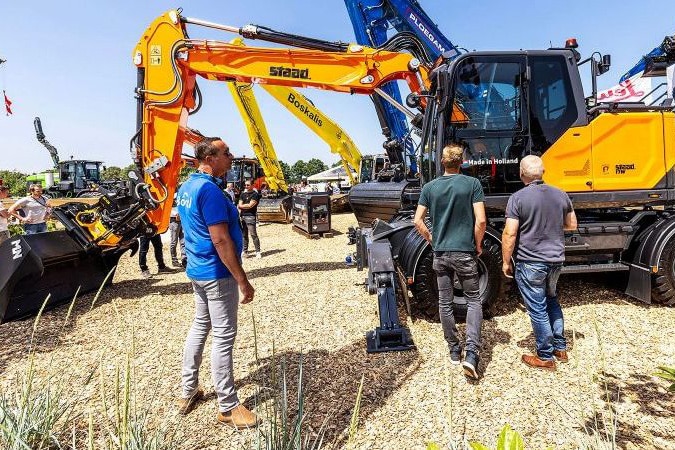
CO2 reduction in underground construction
CO2-reduction is playing an increasing role. Yet it is not yet second nature. After all, we have been used to thinking in standard processes for many decades. We have to break through that. Can it be done differently, with fewer emissions, or should we carry out a project this way at all? CO2-reduction must become a regular part of our thinking.
Be aware of your consumption and emissions. Not only at home, but also on business. At the level of apples-to-apples. The sooner an acceleration will take place. Even with underground construction, there are still a lot of gains to be made in terms of reducing harmful emissions. Just look at the raw materials used. With a tunnel, it's often about concrete. Sustainable concrete is an issue, and fortunately we are going further and further in this area. The same applies to the reuse of asphalt, in which the Netherlands leads the world.
From the Center for Underground Construction (COB), we focus on three work packages within the sustainability platform: energy transition, circularity and the tunnel in its environment. A not to be underestimated share is provided by the installations in a tunnel, for example. Many installations go in and out. Traditionally, the "lifespan" of such an installation is only seven to 15 years for a tunnel. That concept is no longer tenable. From the CDE, we are focusing on two important fields of research, namely material reuse and energy reduction of installations. The entire chain, from manufacturer and supplier to client and contractor, must take important steps to ultimately achieve a circular economy. This will have quite an impact on how we design, build and manage our tunnels in the future. Because the maintenance of underground objects is also a major concern. Clients are increasingly demanding 'clean' maintenance. In other words, generating as few emissions as possible during maintenance. The electrification of equipment and vehicles is just around the corner.
From the CDE, we drafted the catalog of measures for energy reduction in tunnels in order to work together towards a low energy and eventually an energy neutral tunnel. A living document that describes concrete measures for technical aspects, the process and for contracts. The energy consumption of an (existing or new) tunnel can thus be substantially reduced to even energy-neutral. We see that new contracts coming onto the market are based on this. Nevertheless, it will always be a complex puzzle: what can I ask for, what can the market supply and how can you demonstrate this? There are plenty of ideas, but practical examples that work really well are still scarce. But that too is just a matter of time. I expect that there will be a sustainability label for underground structures, just like the energy label for your house or office building. Then CO2-reduction "naturally" became a regular part of our thinking.



